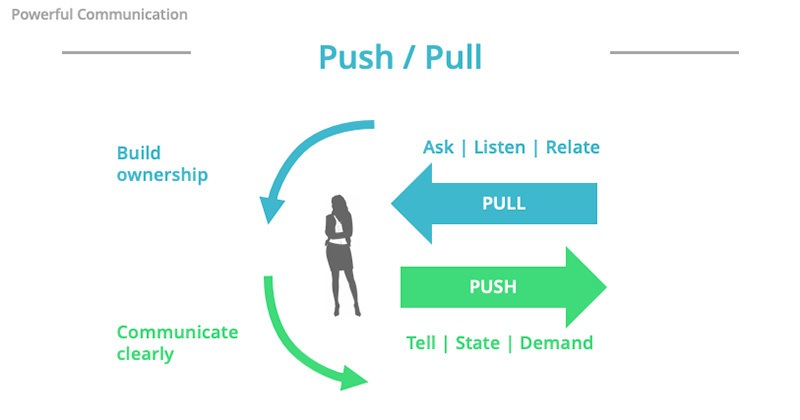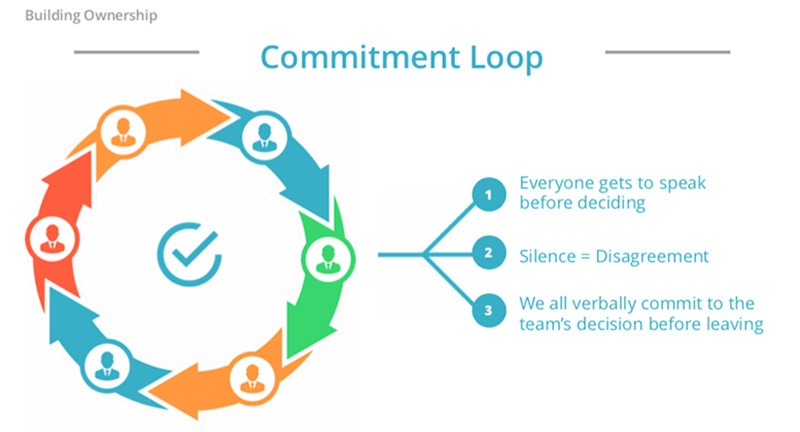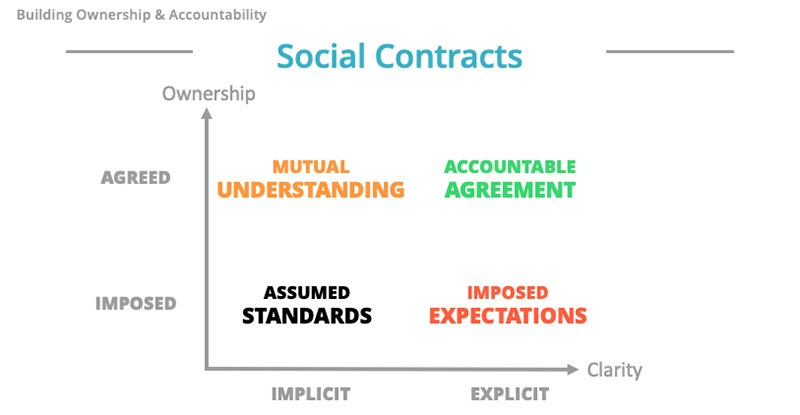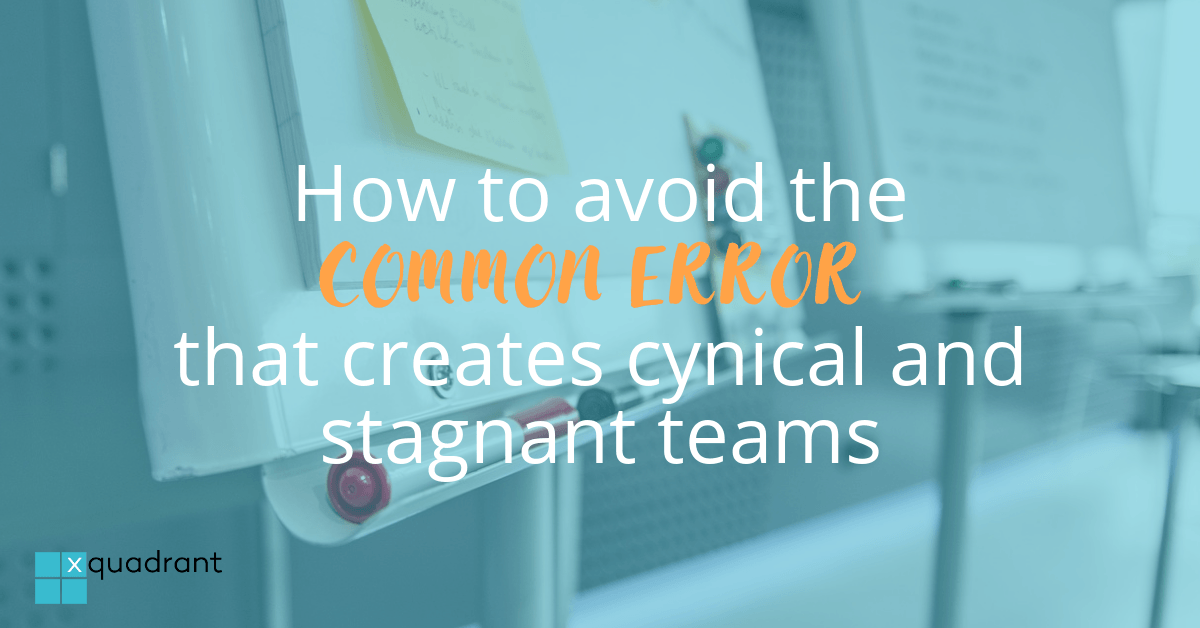In the current situation of 100% remote working and social distancing imposed by the COVID-19/Coronavirus crisis, it’s more important than ever to create a sense of engagement and ownership in your team. But these key principles are timeless and should be in every leader’s toolbox at every stage of the economic cycle.
William is a client of mine and an impressive executive in the telecoms sector, with a track record of developing and launching new business. When I spoke to him he was frustrated and rather resigned regarding his team.
“My new hires are great,” he told me. “But I’ve a lot of staff that I inherited, and they’re just not motivated.”
Perhaps you can relate.
As a high performer, it’s easy to look at your team and wonder how to instil in them the same drive, focus and sense of ownership that you yourself have. And you might jump quickly to the conclusion: “they’re just not committed/motivated.”
The impact of team engagement and sense of ownership
Imagine the difference it would make if everyone in your team was engaged, felt accountable for their objectives, and had a genuine sense of ownership regarding the mission of the team.
It’d be a game-changer, right?
More...
There’s actual data to show that yes, it is a game-changer.
In a recent study by Gallup, teams in the top quartile of employee engagement outperformed bottom-quartile teams by:
- 10% on customer ratings
- 22% in profitability
- 21% in productivity
They also saw improvements in turnover (25%), shrinkage (28%), and absenteeism (37%), safety (48%), and quality (41%).
How to create better team engagement and ownership
Here are five moves that you can make that will improve the sense of ownership and engagement in your team.
Many of these are new habits to adopt - you may like to refer to this article on building new leadership behaviours.
As an additional resource to help you implement this advice, we recommend you download our one-page "mini-playbook" to improve ownership and engagement in your team. It features key questions and practices to implement for each of the strategies we outline below, and will help you to:
1. Move from Push to Pull
The first mistake many strong leaders make is overdoing “push” behaviours such as telling, directing, explaining and stating. This often comes from an assumption that “if I just communicate more clearly and directly, people will get it”.
But these push behaviours don’t create ownership. As John Maxwell says, “If people don’t weigh in, they don’t buy in”. As a result, overusing “push” quickly leads to the conclusion that “my people aren’t the right quality for this task”.
“If people don’t weigh in, they don’t buy in” - John C. Maxwell
Putting it another way, if you push the solution, it’s your solution and not theirs. But we own what we make.
If you’re guilty of too much “pushing” your preferred solutions, time to move from push to pull behaviours.

Pull behaviours include drawing people out, establishing common ground and help the team build the solution. By biting your tongue and asking a question to get the team to find a solution, you dramatically raise the likelihood of the team feeling it’s THEIR solution - one they are committed to, rather than one that’s been imposed on them.
Action: Refuse to make decisions on action plans. It’s so tempting, for the sake of speed, to arbitrate and make the call yourself. Instead, ask the team to summarise their preferred plan and validate that.
2. Move from Incentives to Purpose
The second mistake I see leaders making is assuming that everyone cares as much as you about hitting a particular number!
This might be a key performance indicator (KPI), a metric, a result.
I get it. Your own relentless focus on hitting performance targets is probably a key reason you’ve risen to the level you’re at in the business. Many leaders are highly driven and motivated at the idea of ‘winning’ and hitting a challenging number.
“If people don’t weigh in, they don’t buy in” - John C. Maxwell
But what motivates you might not motivate someone else: Psychological profiling has shown that 90% of people actually don’t find “winning” and goal-attainment the #1 motivating factor at work. It’s more likely to be around producing good work, or making a difference, or caring for the people in the business.
So if you relentlessly try to motivate the whole team by reference to the business KPI, you’re not going to take most of your colleagues with you.
Instead, start talking about the heroic purpose of the team or organisation:
By reconnecting to these deeper “whys”, you are likely to inspire a more heartfelt commitment and sense of ownership than explaining why it’s so important you deliver on your EBITDA number again this quarter.
Action: Spend time on your next team meeting discussing why your team MATTERS. What’s the positive dent in the world that you can make together? With that context clearly established, the KPIs become a way of tracking progress towards that impact.
3. Move from Passive Validation to Active Validation
The next move that leaders need to make if they want to create a sense of ownership in the team, and a real sense of employee engagement, is to move from passive to active validation.
Passive validation is assuming that silence means “yes”.

Active validation is getting a clear verbal commitment from each person in the room before considering that the decision is adopted. This commitment can’t be forced or pressured; each person must feel able to disagree or offer a caveat.
The objective is for everyone around the room to feel HEARD and part of the decision. Most people can accept something even if they don’t full agree, but only if they’ve had a chance to contribute and had their concerns taken seriously.
Action: Use the Commitment Loop tool to secure the active agreement of everyone around the table before validating your next decision. Remember, not everyone has to agree, but everyone needs to have their concerns heard and then voluntarily agree to commit to the group’s decision irrespective of their point of view during the debate.
4. Move from Expectations to Agreements
Leaders often assume that setting clear expectations is enough. But the truth is that imposing expectations on others works against building a sense of ownership in your team.
Take an example. Imagine your boss walks in and says “Look, I need a 50 page report on my desk by tomorrow morning on so-and-so subject.”
How do you feel about that? Probably a mix of resentment and rebellion: “scr-w you, why the heck should I drop everything and scramble?”
But imagine the conversation was different. “Hey, we need to make an urgent analysis of so-and-so and take a decision over the weekend. Would you be able to move things around and prepare a report on that by tomorrow?”
You might push back: “well, frankly, I’ve already committed to deliver the ABC Project by Monday, and I won’t be able to do both.” But this leads to a discussion:
“Well, if we agree to delay the ABC Project to Wednesday, does that give you the breathing space you’d need?
“Sure, that should be fine.”
“So… Report by tomorrow, ABC by Wednesday?”
“Agreed.”

Do you see how much powerful it is to come to an agreement than simply to impose expectations?
As leaders, we worry that taking the time to create agreements will weaken our ability to get things done. But the opposite is the case. When you’ve been involved in defining and coming to a mutual agreement on something, you feel much more responsible for your side of the bargain than if it’s an expectation imposed from above.
The power of the agreement is because you’ve not imposed anything, it’s a lot easier to follow up on the agreement. Rather than holding someone accountable to your imposed expectations, you are simply holding them accountable to doing what they said they would do, to being someone of integrity who can be trusted. That’s a lot more powerful.
Top Tip: When you build an agreement, ask the other person to write up the aspects of the agreement as you go - on a whiteboard or piece of paper. It’s a lot more powerful when they write down the agreement then if you summarise it yourself afterwards!
Action: Sit down with one person on your team and build an agreement on their top priority deliverables and responsibilities. Review the agreement with the periodically.
5. Move from Critique to Celebration
The final move is to create a culture of celebration instead of a culture of critique.
It can be incredibly easy to slip into critique, especially when we have an ambitious vision of the future we want to create - and we’re acutely aware of the gap between today’s reality and the future vision.
But people love to WIN. To feel the buzz of satisfaction from doing a good job, or hitting a milestone. So celebrate the progress you’ve made and the exemplary behaviours you’re seeing - and you’ll see a lot more of those very same things.
Here’s the challenge: you need to celebrate even when the final outcome was suboptimal! Ownership has to be more valued that short-term results, otherwise a culture of fear and reticence will take over. I know someone who celebrates screw-ups - because those screw-ups come from taking bold moves and ‘having a go’.
Action: Who has demonstrated a sense of ownership recently - even if the result could have been better? Where has someone ‘screwed up in the name of ownership’? Celebrate them at the first opportunity.
Summary: Use these 5 moves to create team engagement and sense of ownership
We’ve covered five moves to make if you want to increase the sense of ownership and team engagement
Which is the #1 move for you to make in your context?
- 1Move from Push to Pull.
- 2Move from Incentives to Purpose.
- 3Move from Passive Validation to Active Validation.
- 4Move from Expectations to Agreements.
- 5Move from Critique to Celebration.
Before you leave, remember to download our one-page "mini-playbook" that features key questions and practices to build ownership in your team and to implement each of the strategies we outline above.



